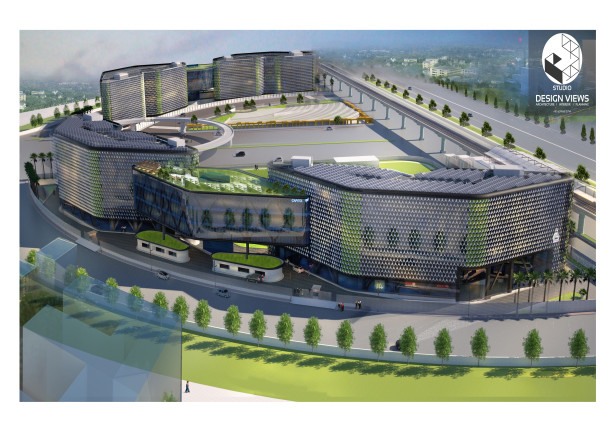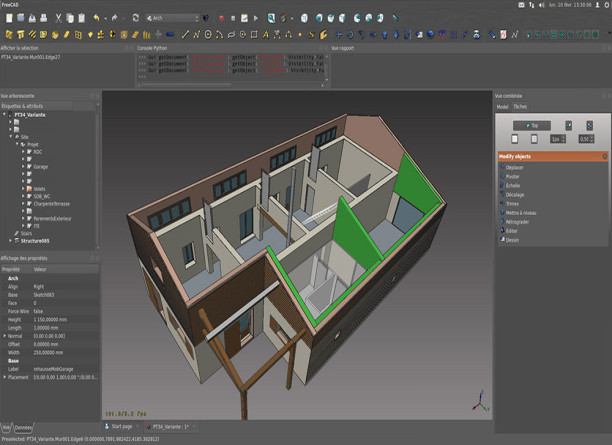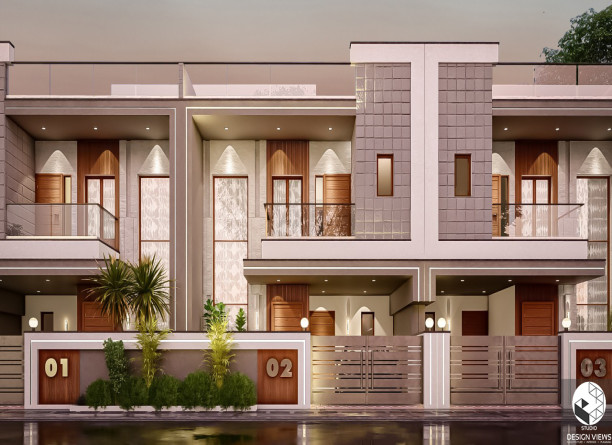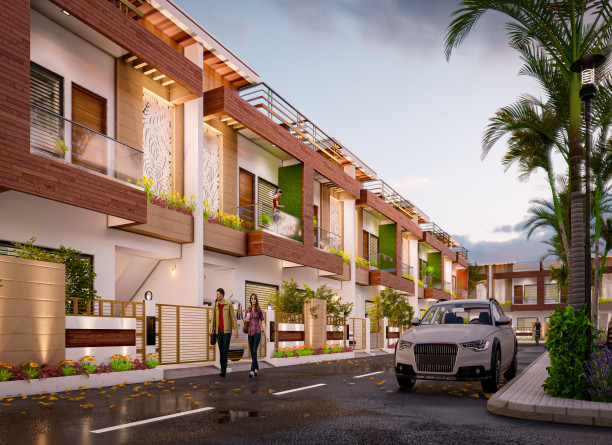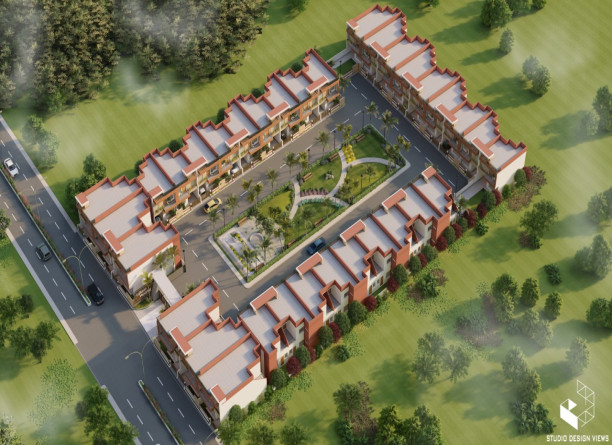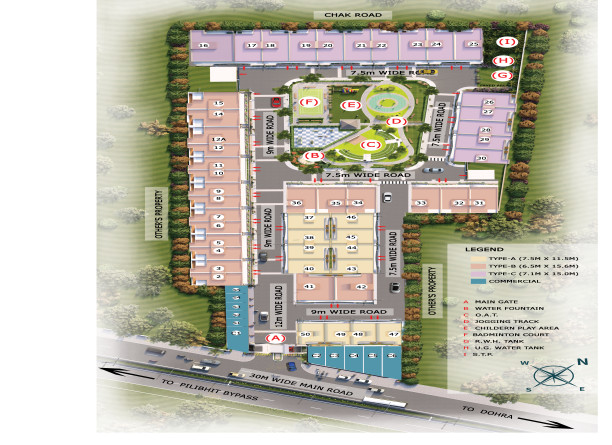DESIGNING TOMORROW: THE ART AND SCIENCE OF COMMERCIAL ARCHITECTURE
In the dynamic world of architecture, commercial projects stand as the epitome of innovation and functionality. Commercial architects play a pivotal role in shaping the skylines and landscapes of our cities, blending artistry with practicality. In this blog post, we delve into the fascinating realm of commercial architecture, exploring its key elements, the challenges faced, and the transformative power it holds.https://www.studiodesignviews.com/
Introduction
Commercial Architecture is more than just designing buildings; it's about creating spaces that inspire, facilitate business, and contribute to the overall vibrancy of a community. As architects, their canvas extends beyond aesthetics to encompass functionality, sustainability, and a deep understanding of the client's needs.
The Fusion of Art and Functionality
One of the defining features of commercial architecture is the delicate balance between art and functionality. Every structure must not only be visually appealing but also meet the practical requirements of the businesses that inhabit them. This fusion is evident in iconic buildings like the Gherkin in London, where the sleek and innovative design complements the space's purpose.
Challenges in Commercial Architecture
Commercial architects face unique challenges, ranging from zoning regulations and environmental considerations to the evolving needs of businesses. Striking a balance between these factors requires a nuanced approach and a keen understanding of the ever-changing landscape of urban development.
- Zoning Regulations and Codes
- Navigating zoning regulations is a complex dance for commercial architects. They must ensure that their designs comply with local codes while pushing the boundaries of innovation. Overcoming these hurdles often leads to groundbreaking designs that redefine cityscapes.
- Sustainability and Environmental Impact
- As the world becomes increasingly conscious of environmental issues, sustainability is at the forefront of architectural considerations. Commercial architects are incorporating green building practices, energy-efficient designs, and eco-friendly materials to reduce the environmental footprint of their projects.
- Technological Advancements
- The rapid pace of technological advancements is transforming the field of architecture. From advanced modeling and simulation tools to the integration of smart building technologies, architects must stay at the forefront of innovation to deliver state-of-the-art commercial spaces.
Innovative Trends in Commercial Architecture
- Flexibility and Adaptability
- The traditional concept of rigid office spaces is evolving. Commercial architects are designing flexible and adaptable spaces that can cater to the ever-changing needs of businesses. This trend has gained prominence, especially with the rise of remote work and the need for versatile work environments.
- Biophilic Design
- Incorporating nature into commercial spaces has become a popular trend. Biophilic design, with its emphasis on natural light, greenery, and natural materials, not only enhances the aesthetic appeal but also contributes to the well-being and productivity of occupants.
- Mixed-Use Developments
- Blurring the lines between commercial, residential, and recreational spaces, mixed-use developments are gaining traction. Architects are creating vibrant hubs that offer a seamless blend of work, leisure, and living, fostering a sense of community.
The Impact of Commercial Architecture on Communities
Beyond the physical structures, commercial architecture has a profound impact on communities. Well-designed commercial spaces can become cultural landmarks, fostering a sense of identity and pride. Additionally, the economic impact of vibrant commercial districts extends beyond individual businesses, contributing to the overall prosperity of a region.
Conclusion
Commercial architecture is a dynamic field that goes beyond creating buildings; it shapes the way we live, work, and interact with our surroundings. From overcoming challenges to embracing innovative trends, commercial architects are at the forefront of shaping the future. As we look ahead, the fusion of art and functionality will continue to redefine commercial spaces, creating environments that inspire, adapt, and contribute to the flourishing of communities.
In conclusion, the world of commercial architecture is a captivating blend of creativity, functionality, and community impact. As architects continue to push boundaries and redefine norms, the future promises a landscape where commercial spaces not only meet the needs of businesses but also contribute to the well-being and vitality of the communities they inhabit.https://www.studiodesignviews.com/
